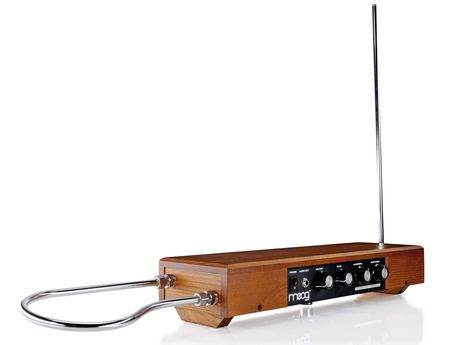Ocarinas
What is an Ocarina?An Ocarina is, simply put, a wind instrument. (An awesome one!)
They commonly look like this:

(Image from www.songbirdocarinas.com)
This is a simple, single- chambered ceramic Alto C ocarina. They come in many shapes, sizes and ranges, however, which will be covered in Part 2 next week. :3
The history of the Ocarina
In fact, the first known ocarina-like instrument appears around 12000 years old!Its origins can be traced back to many different cultures found in South and Central America, the Mayans, Aztecs, and Incas - all developing and performing on clay ocarinas, often shaped like small birds or animals.
China also had its own form of Ocarina called a Xun, which were more rounded and egg-like in shape.
 |
| Some possible ancient Ocarinas |
In the late 19th Century, however, a young Italian baker and musician, Guiseppe Donati, re-made the design into the known potato-shape we commonly see today. This new Ocarina now included an accurate pitch, as well as a far more extended range of notes. Many varying sizes were also made, allowing the Ocarina to become useful in Western music at that time - there was even the creation of Ocarina ensembles, one of which is still actively performing today - the "Gruppo Ocarinistico Budriese"
Who you can see perform here:http://www.youtube.com/watch?v=g8TYceDNcCk
With the coming of World War 1 and 2, the small pocket-size of the ocarina made it ideal to carry around, and servicemen would often use it to boost morale.
This, of course, resulted in an increase in popularity for the Ocarina in both Europe and America. Sadly, however, this was quickly overshadowed by the rising popularity of the Recorder - an instrument with a similar sound as the Ocarina, but far easier to make and play, and so the Ocarina found itself vanishing in the world of well-know instruments, to join the likes of the Theremin or Hurdygurdy among the ranks of obscure instruments that still exist, but aren't really commonly played.
 |
| The Theremin |
 |
| The Hurdygurdy |
However, this does not mean that the Ocarina was completely forgotten! Hope still remained for our small little potato-shaped instrument.
In the 1990's, one game was to forever change the way the Ocarina was perceived. “The Legend of Zelda: Ocarina of Time” caused interest in the Ocarina to skyrocket; most notably in Europe and America. If you know video games, and you know The Legend of Zelda, you'll know what an Ocarina is! :D
 |
| Link from The Legend of Zelda, playing the Ocarina |
Interest was also piqued in Asia, particularly Japan, due to Ocarina Master, Sojiro and his performances. This instrument is still fighting back against the bonds of obscurity!
On that note, Sojiro's performances are certainly very good! Give them a watch here:
http://www.youtube.com/watch?v=VmjGjaCldz0&list=PLA4D309DBBC8D3945
Seriously. Do.
It's awesome.
Anywho, Dragina out!
DFTBA. :3




